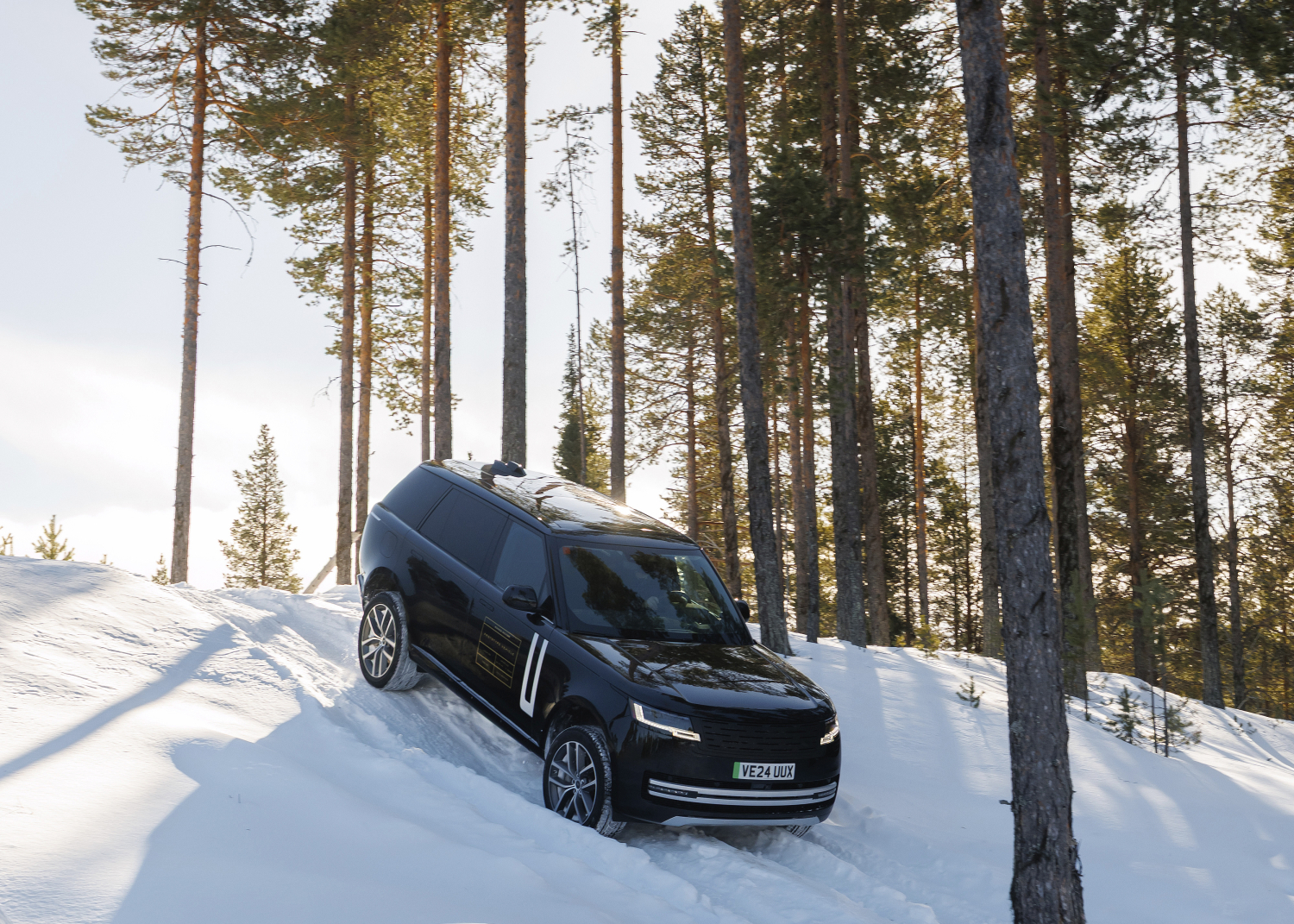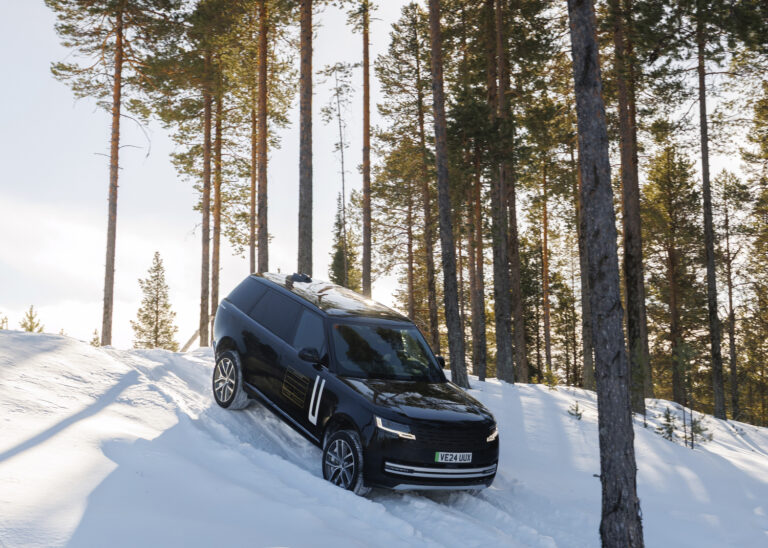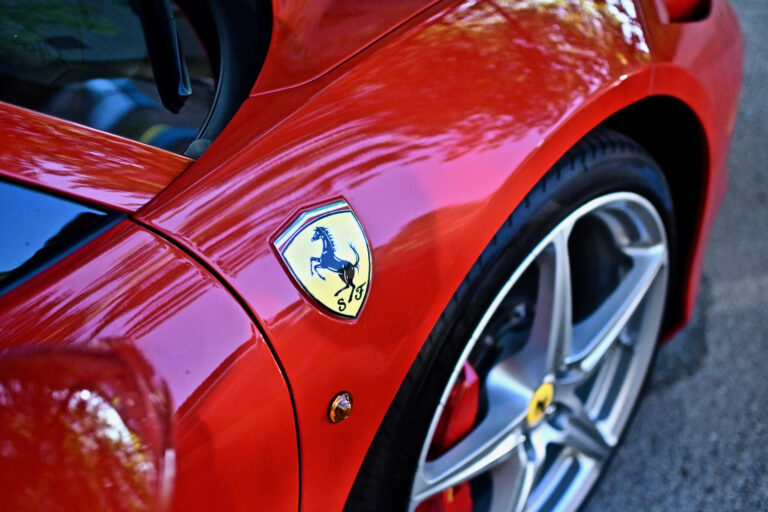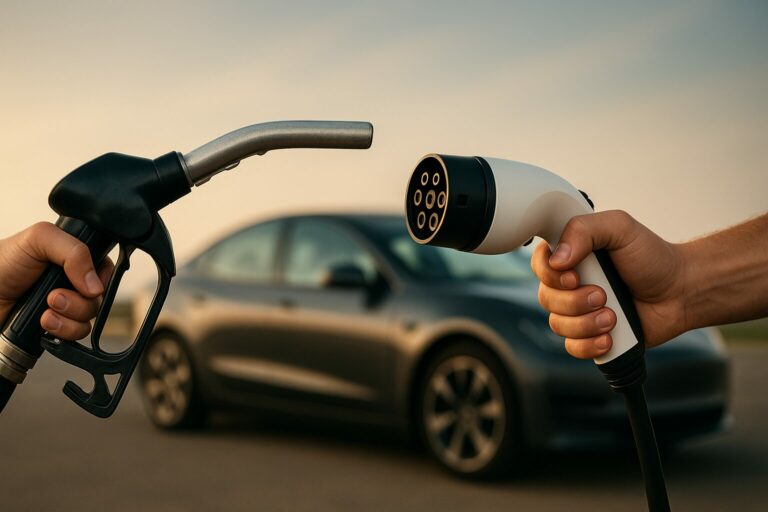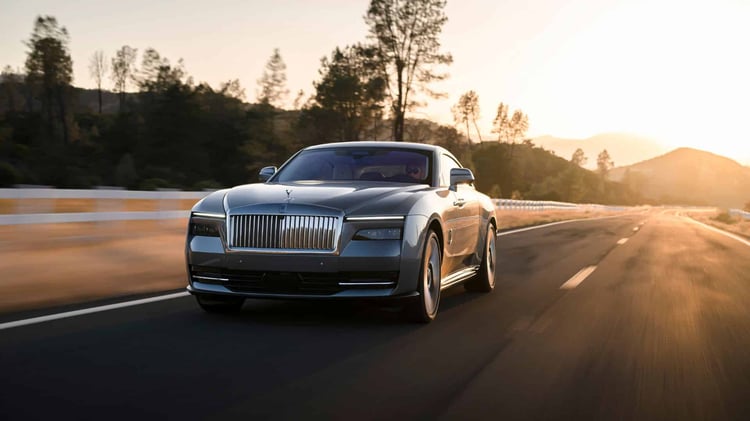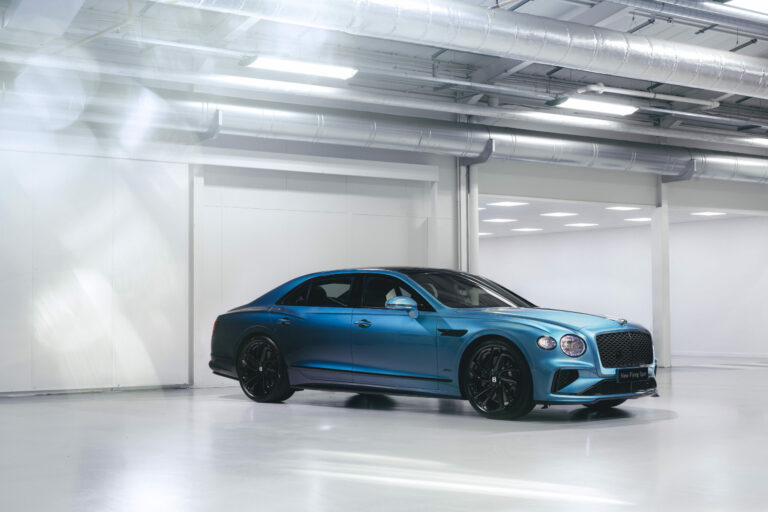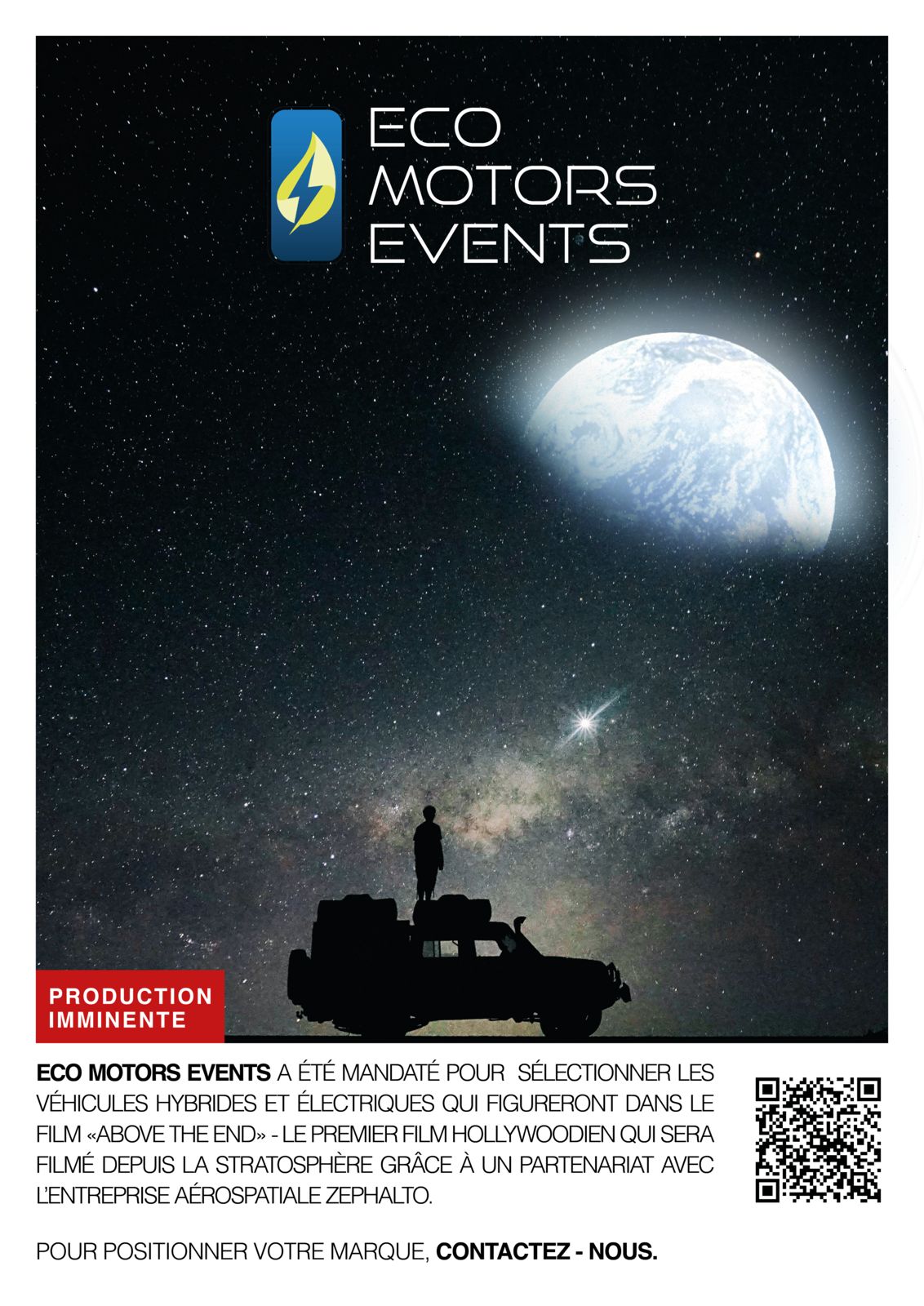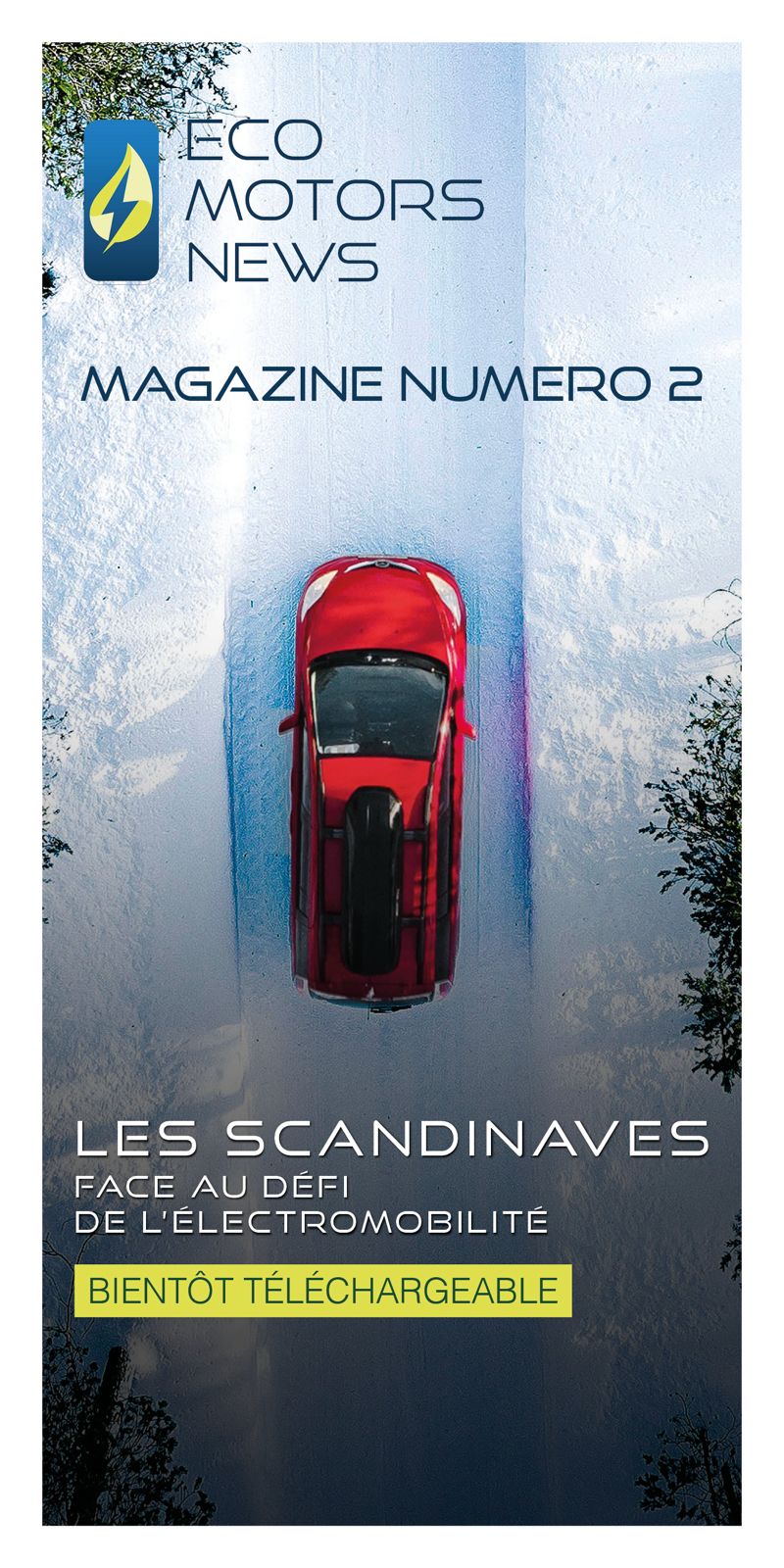The Range Rover Electric isn’t just another SUV. It’s a vehicle that turns luxury into silence. While its release has been pushed back to 2026, tests in Sweden have shown an SUV capable of combining comfort and performance. This electric model is not designed to go fast, but to offer a unique and refined experience.
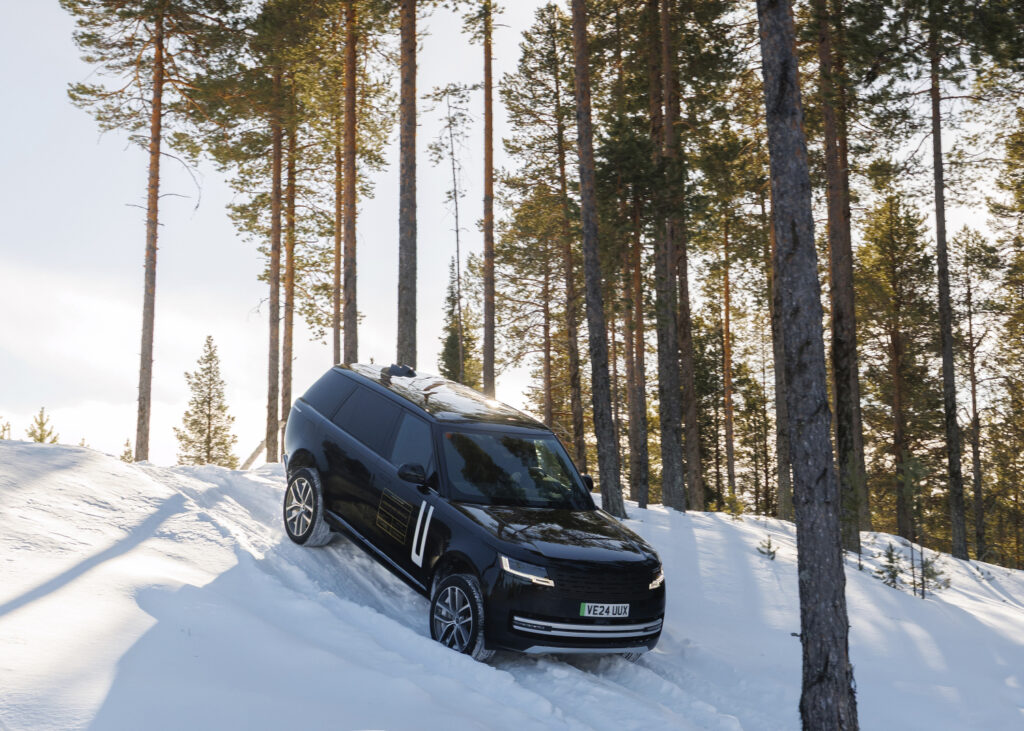
The challenge of silence
The Range Rover Electric doesn’t have a roaring engine, and that’s what makes it interesting. For fifty-five years, the brand has stood out for its quiet, controlled power. Today, without an internal combustion engine, this idea is even stronger. Silence has become an element of luxury. In the cabin, the dual-chamber suspension, intelligent temperature management and precise torque control create a floating sensation. The car feels less like a vehicle and more like a mobile living room, isolated from the outside world, where vibrations are almost non-existent thanks to the work of Solihull’s engineers.
The SUV braves the cold
In Arjeplog, in the north of Sweden, the Range Rover Electric underwent two winters of intense testing. Seventy-two thousand kilometres on frozen lakes, steep slopes and slippery surfaces. The aim: to show that electric cars can match combustion engines even in the worst conditions. The engineers tested ThermAssist, a technology that recovers heat at -10°C and keeps the battery at the right temperature. This enables the car to maintain its range even in very cold weather, where most electric cars lose efficiency. It’s not just technical, it’s also a question of prestige: a Range Rover can’t be afraid of the cold.

Electrical architecture
Under the bonnet, the Range Rover Electric uses an 800-volt architecture and a 117 kWh battery manufactured in-house. This decision has delayed the project, but demonstrates a rare independence. Instead of buying standard batteries, the brand is creating its own luxury standard. The result: 542 bhp, 850 Nm of torque and ultra-precise all-wheel drive. Intelligent Driveline Dynamics adjusts rear torque in 50 milliseconds, 100 times faster than a petrol car. Electronics replace mechanics with style. The Range Rover Electric doesn’t deny its past, it reinvents it with electricity and software.
Range Rover wants its electric SUV to be first and foremost an experience. According to Thomas Müller, Product Director, the soul of the vehicle lies in its insulation and comfort. It’s not a car that makes noise, it’s a car that makes you feel calm. The materials, seats, steering and even the pedal contribute to this comfort. The driver becomes an explorer of silence rather than a mere conductor. Then, the relationship with power is changing: it’s no longer something to be flaunted, it’s something to be felt.

A delay to preserve the icon
The postponement of the launch until 2026 may disappoint some, but it is a well-considered choice. Jaguar Land Rover does not want to rush the electric transition. The luxury electric market is still unstable. By waiting, the manufacturer is ensuring an experience that is true to the Range Rover image. In a world where everyone is rushing ahead, this delay becomes a strategic choice. Perfection takes time, especially for a symbol like Range Rover.
The Range Rover Electric won’t revolutionise the market, but it will change the way we experience luxury. It doesn’t promise to transform the world, but to make silence precious to those who can afford it. The true luxury of tomorrow is no longer speed or power, but the quality of silence. The Range Rover Electric shows that you can stay in control of the road, without ever making a sound.

